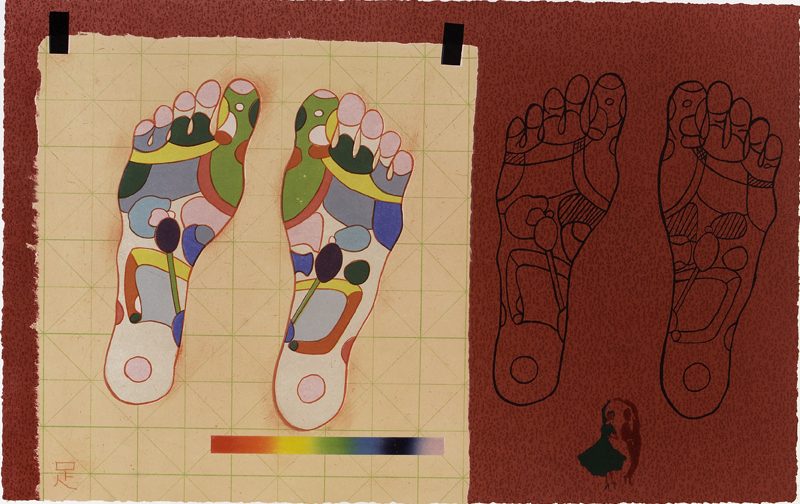By Geoffrey Browell, Head of Archive Services, King’s College London
I co-organised a workshop in early December at The National Archives (TNA) on ATOM and Archivematica software, along with TNA’s Higher Education Archive Programme and Artefactual Systems, the Canadian development company which supports both these applications.
The workshop was attended by around 40 archivists and records managers from around the UK, including existing or prospective users of the systems and those simply interested in learning more.
ATOM’s development was supported by the ICA and it is used across the world to manage and publish descriptions of archives. Archivematica manages digital preservation workflows for digitised and born digital content.
Key questions/points that inspired the day included:
- Examples of the real application of Archivematica – how difficult is it to customise and how easy is it to use?
- Do regional consortia offer the best opportunity for the application of digital preservation?
- How can data on other systems such as CALM be imported into ATOM?
- How is training best delivered?
- How will these open source systems be best supported given the limitations of institutional IT?
The day began with an introduction and overview of both systems from Artefactual’s Justin Simpson and Dan Gillean. Their slides are available here.
There were then a series of five/ten minute presentations from invited speakers. Gary Tuson, County Archivist at Norfolk Record Office (NRO), spoke eloquently about the Eastern Region Archivematica trial that saw a number of archives in that Region, led by NRO, use Archivematica for digital preservation. He offered real encouragement that a regional model might help, although it was only a small-scale trial. Archivematica, unlike ATOM, is not available with multi-tenanted functionality. This places some limitations on the creation of a genuinely collaborative initiative and more work needs to be done to assess the viability of consortia – perhaps involving trials in other regions such as London.
Lindsay Ould, Borough Archivist at Croydon, described her experience of migrating elderly CALM data into a new instance of ATOM. Their existing CALM system was used by Archives, Museums and Local Studies, meaning that the style and structure of data was very diverse and often unclean and out of date. More than 1000 collection and accession records were migrated to a new hosted version of ATOM. Lindsay described working with an external developer to cleanse the data and she pointed out that this took up a disproportionate amount of time. Lastly, she spoke about developing a simple search interface and future plans to also make museum descriptions visible.
David Cordery, of Max Communications, was next up and spoke about the challenges of migrating data into ATOM, similar to those which Lindsay had experienced. He stressed the usability and intuitive controls provided by ATOM, but also the ability for users to customise the front end delivery of archive data and that the system is especially useful when managing images. Max provides a service to extract, clean and re-publish data in new ATOM instances and offers ongoing support.
Jenny Mitcham of York spoke next on the use of Archivematica to manage research data – a proof of concept joint venture between the Universities of Hull and York, The National Archives and JISC. Research data management is a big challenge for universities, as it is a requirement of the Research Councils that such data, for example generated by scientific research, be preserved and managed for a time. Jenny highlighted the concept of ‘parsimonious preservation’ coined by Tim Gollins of The National Archives – essentially doing ‘just enough’ to capture the right information in digital preservation, and avoiding unnecessary processes. Jenny listed a number of pros and cons of using Archivematica, including its versatility, flexibility and ability to integrate with other systems, versus its fiddly processes, unsophisticated user interface and the need to train staff to use it. This impressive project is now hoping to move to a production phase and bring on board the Borthwick Institute and integrate Archivematica more fully with ATOM. Much more information can be found on the project website and digital archiving blog.
Ed Pinsent of the Digital Preservation Training Programme at ULCC, is working with Artefactual to develop more mature training in the use of the two systems. He revealed the results of a survey of the digital preservation community in 2015, which highlighted the need for practical (and less theoretical) hands-on training, especially using real tools. ULCC will be working closely with Artefactual on UK Archivematica training in 2017. Learn more about the work of ULCC’s DP training here.
The second half of the workshop focused on hands-on sessions using the two systems and work-sheets provided by Artefactual. This gave the opportunity for attendees, working in groups, to import, manage and manipulate test data and gain a better understanding of what the systems have to offer. Test instances were set up, enabling attendees and those not present to explore the systems from their workplaces.
More information about Archivematica can be found here; and on ATOM, a series of YouTube tutorials here.
Overall, this was a very useful workshop, not least in bringing together a diverse collection of archivists and records managers from higher education, local authorities and other sectors, and others such as representatives of Arkivum, the DP specialists. It is hoped that an ATOM user group will be founded as a consequence of the workshop, to complement a thriving Archivematica group.
I would like to thank The National Archives for hosting and helping to organise the day, and Artefactual for their assistance throughout the day and since.
The blog was originally posted on the King’s Collection blog: https://blogs.kcl.ac.uk/kingscollections/2016/12/20/open-source-archive-software/










